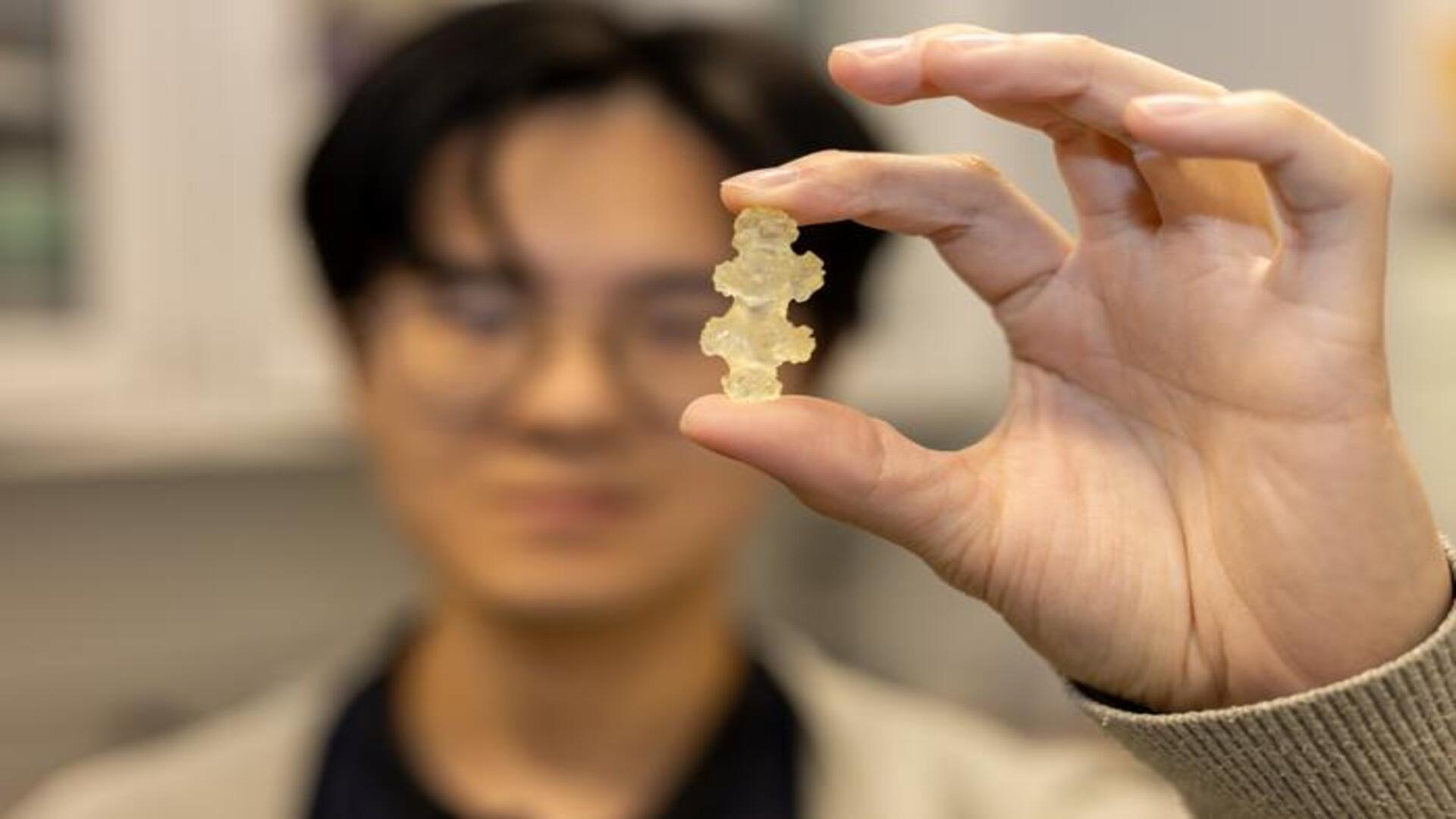Scientists at the University of Pennsylvania have made a groundbreaking discovery that could significantly influence the future of robotics, surgical tools, and smart materials. They identified a species of soft coral, known as Leptogorgia chilensis, capable of transitioning from a soft to a rigid state almost instantaneously. This unique ability is driven by a natural mechanism referred to as “granular jamming,” which allows the coral to adapt to its environment for protection.
Found along the Pacific coast from Chile to California, L. chilensis is a red gorgonian soft coral that possesses a skeleton made up of millions of mineral particles suspended in a gelatinous matrix. When disturbed, the coral’s branches stiffen rapidly, a response likened to the character Mr. Fantastic from Marvel comics, who can stretch and reshape his body at will.
Ling Li, PhD, an associate professor in materials science and engineering at Penn Engineering, explained, “It’s almost like a traffic jam. When stimulated, the coral’s tissues expel water, shrinking the gel and squeezing the particles closer together until they jam in place.”
A Natural Wonder: How the Coral Works
The phenomenon of granular jamming has intrigued physicists for years as they explore how certain materials, such as sand and coffee grounds, can transition from a free-flowing state to a rigid form under pressure. This research represents the first observed instance of this process occurring naturally within a biological system, using hard mineral particles rather than softer grains.
According to Chenhao Hu, a doctoral student and the study’s lead author, the coral’s skeleton showcases nature’s ability to create materials with impressive adaptability. “Imagine being able to adjust the stiffness of a surgical instrument or robotic arm,” Hu said.
Each sclerite, which is approximately one-tenth of a millimeter in length, has a distinctive rod-like shape with branching outgrowths. This unique structure allows the sclerites to interlock when pressed together. As these particles come into proximity, their branches jam together, effectively locking them in place.
To investigate the coral’s properties, the research team utilized advanced imaging techniques, computer modeling, and physical tests that involved applying pressure to preserved coral samples. Hu noted, “When we applied force to the samples, the material system initially shrank, occupying less volume because the particles were closer together.”
Implications for Future Technologies
This research illuminates how studying natural systems can lead to the development of innovative materials. By understanding the structure of the mineral particles in L. chilensis, researchers believe they can design improved materials that leverage the principles of granular jamming.
Li emphasized that while their study focused on a single coral species, numerous other soft coral species exist, each utilizing different sclerite shapes with potentially varied properties. “There are so many situations where we might want to tune the stiffness of a material selectively,” he remarked, highlighting the engineering possibilities inspired by this coral.
The findings have been published in the Proceedings of the National Academy of Sciences, marking a significant step forward in the intersection of biology and engineering. As scientists continue to explore the capabilities of L. chilensis, the potential for new technologies that mimic this natural phenomenon becomes increasingly viable.
This discovery not only showcases the ingenuity found in nature but also opens doors to advancements that could enhance medical tools and robotic applications, illustrating the profound impact that biological research can have on technology.







